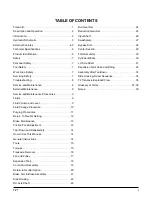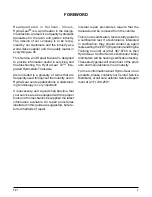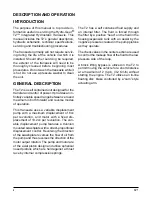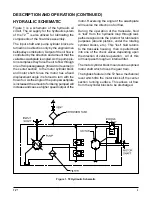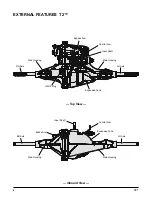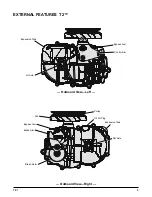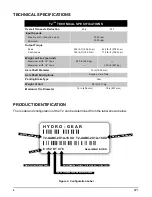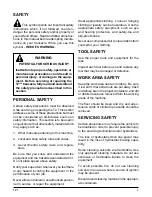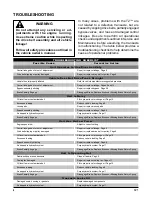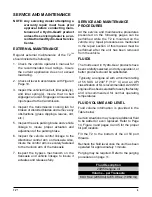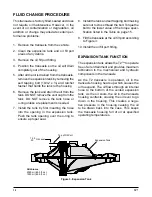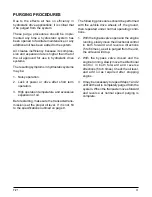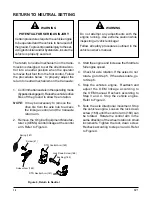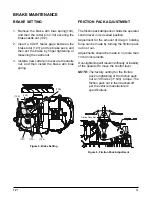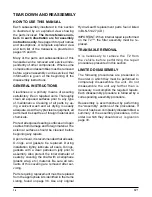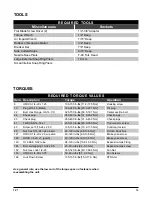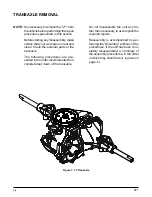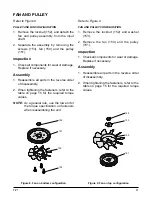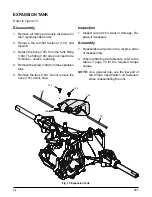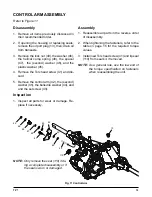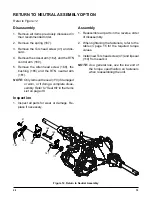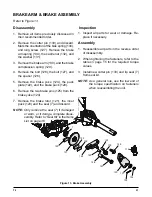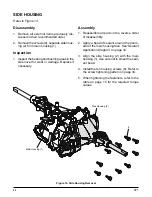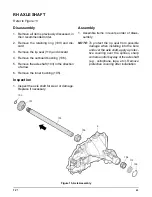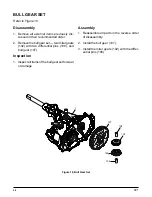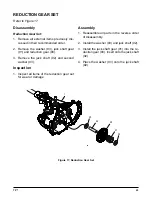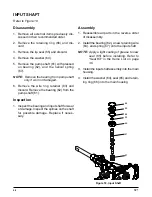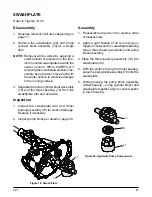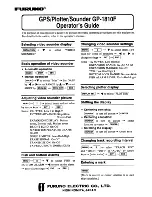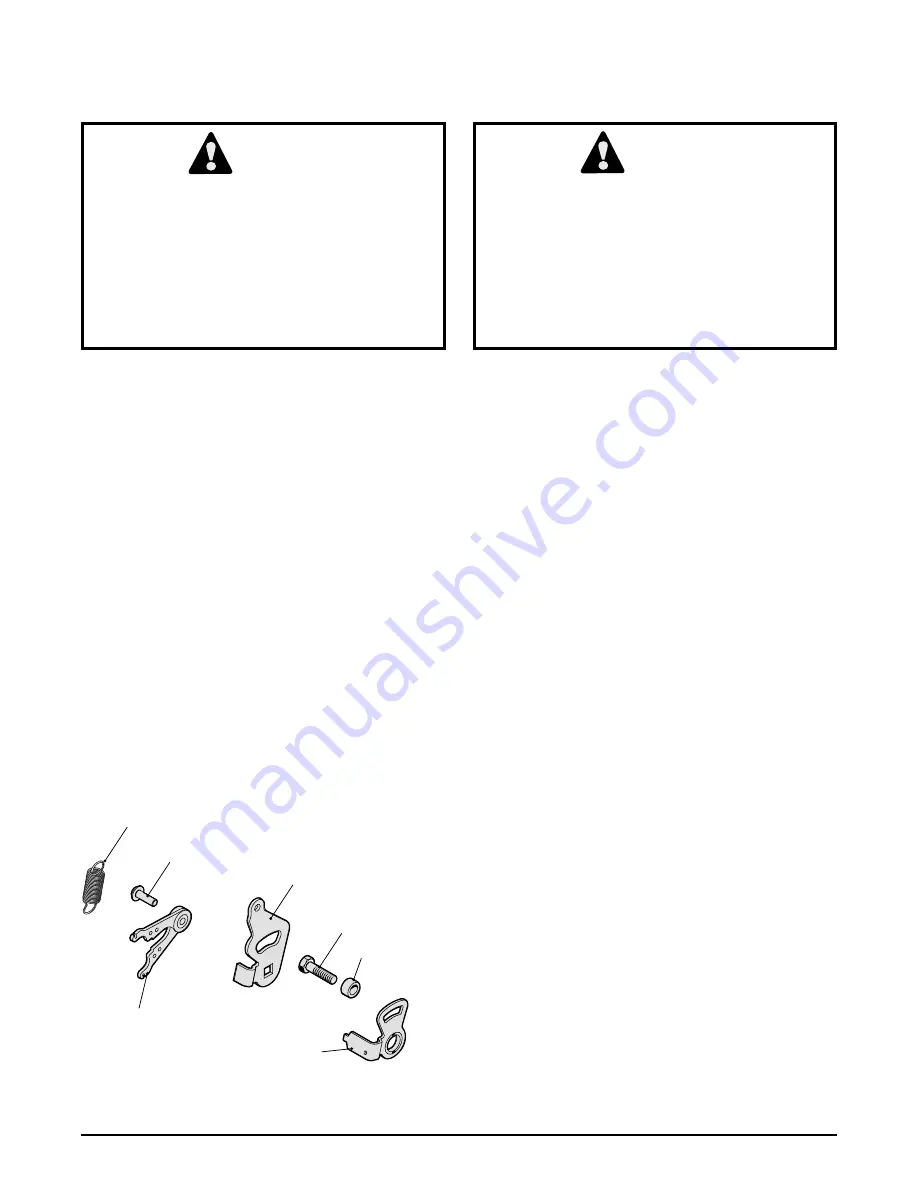
12
T2™
WARNING
POTENTIAL FOR SERIOUS INJURY
Certain procedures require the vehicle engine
to be operated and the vehicle to be raised off
the ground. To prevent possible injury to the ser-
vicing technician and/or bystanders, insure the
vehicle is properly secured.
RETURN TO NEUTRAL SETTING
The return to neutral mechanism on the trans-
mission is designed to set the directional con-
trol into a neutral position when the operator
removes their foot from the foot control. Follow
the procedures below to properly adjust the
return to neutral mechanism on the transaxle:
1. Con
fi
rm the transaxle is in the operating mode
(bypass disengaged). Raise the vehicle’s drive
tires off the ground to allow free rotation.
NOTE:
It may be necessary to remove the
drive tire from the axle hub to access
the linkage control and the transaxle
return arm.
2. Remove the Original Equipment Manufac-
turer’s (OEM’s) control linkage at the control
arm. Refer to Figure 4.
WARNING
Do not attempt any adjustments with the
engine running. Use extreme caution while
inspecting all vehicle linkage!
Follow all safety procedures outlined in the
vehicle owner’s manual.
3. Start the engine and increase the throttle to
full engine speed.
4. Check for axle rotation. If the axles do not
rotate, go to Step 5. If the axles rotate, go
to Step 6.
5. Stop the vehicle’s engine. Reattach and
adjust the OEM linkage according to
the OEM manual. Recheck according to
Step 3 and 4. Stop the vehicle engine.
Refer to Figure 4.
6. Note the axle directional movement. Stop
the vehicle engine. Loosen the lock down
screw (168) until the control arm (160) can
be rotated. Rotate the control arm in the
same direction of the wheel rotation in small
increments. Tighten the lock down screw.
Recheck according to steps 3 and 4. Refer
to Figure 4.
Figure 4, Return to Neutral
Spring (167)
Screw (41)
Scissor Arm (162)
RTN Control Arm (160)
Lock Down Screw (168)
RTN Neutral Arm (161)
Bushing (165)


